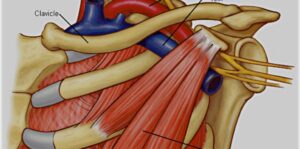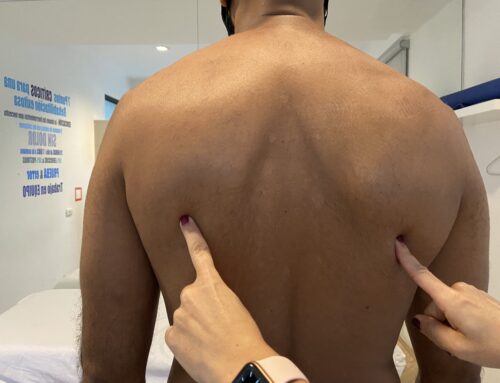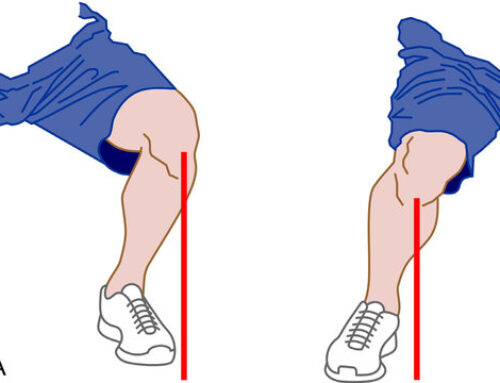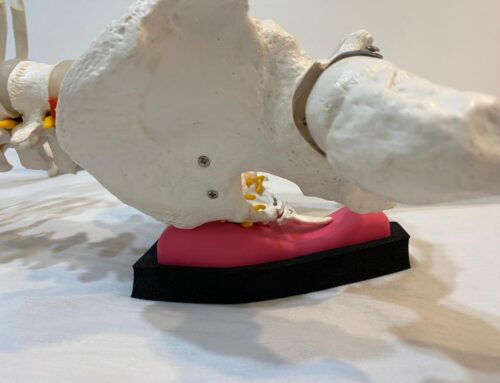Thoracic Outlet Syndrome
Have you ever felt numbness, heaviness, or pain in your arm during the day? These symptoms are common among several conditions, but one of them is Thoracic Outlet Syndrome(TOS). This is a syndrome consisting of compression at the level of the thoracic outlet, of a neuro-vascular system, which passes between the anterior scalene muscle and the middle. It can affect the brachial plexus (nerves that pass from the neck to the arms) and the subclavian artery and vein (between the chest and the upper extremities).
Syndrome Types
Causes of Thoracic Outlet Syndrome
SOT, like most injuries, occurs from a poorly done exercise, an accident, or a poorly done daily activity over the years. In this case, thoracic outlet syndrome is related to high performance and intensity physical activity; or with an abnormally elevated position of the arms. These would cause compression of the subclavian vein or artery, or of the brachial plexus. Likewise, there are also other circumstances such as anomalous ligamentous bands, or cervical ribs; that favor compression in this area and cause this condition.
Treatment
This syndrome can be treated in two ways: either traditionally or surgically. The traditional approach is based on a protocol of therapeutic exercises that covers all compression sites, rehabilitation of muscle imbalance in the cervico-scapular area, and patient education. The success rate of this type of treatment is 50% to 90%, the adherence of the treatment and other physical values is what makes the difference in a successful treatment. The other way to treat this syndrome is surgically and this has a success rate that varies between 75% and 90%. Treatment is determined by a doctor or specialist, and varies according to the level of compression on the patient and where.
At NeuroFT we can help you by conducting a complete assessment to find out if this is the condition that is causing you discomfort, and we can also find the biomechanical causes of Thoracic Outlet Syndrome in order to treat them.
Have you ever felt numbness, heaviness, or pain in your arm during the day? These symptoms are common among several conditions, but one of them is Thoracic Outlet Syndrome(TOS). This is a syndrome consisting of compression at the level of the thoracic outlet, of a neuro-vascular system, which passes between the anterior scalene muscle and the middle. It can affect the brachial plexus (nerves that pass from the neck to the arms) and the subclavian artery and vein (between the chest and the upper extremities).
Syndrome Types
Causes of Thoracic Outlet Syndrome
SOT, like most injuries, occurs from a poorly done exercise, an accident, or a poorly done daily activity over the years. In this case, thoracic outlet syndrome is related to high performance and intensity physical activity; or with an abnormally elevated position of the arms. These would cause compression of the subclavian vein or artery, or of the brachial plexus. Likewise, there are also other circumstances such as anomalous ligamentous bands, or cervical ribs; that favor compression in this area and cause this condition.
Treatment
This syndrome can be treated in two ways: either traditionally or surgically. The traditional approach is based on a protocol of therapeutic exercises that covers all compression sites, rehabilitation of muscle imbalance in the cervico-scapular area, and patient education. The success rate of this type of treatment is 50% to 90%, the adherence of the treatment and other physical values is what makes the difference in a successful treatment. The other way to treat this syndrome is surgically and this has a success rate that varies between 75% and 90%. Treatment is determined by a doctor or specialist, and varies according to the level of compression on the patient and where.
At NeuroFT we can help you by conducting a complete assessment to find out if this is the condition that is causing you discomfort, and we can also find the biomechanical causes of Thoracic Outlet Syndrome in order to treat them.






